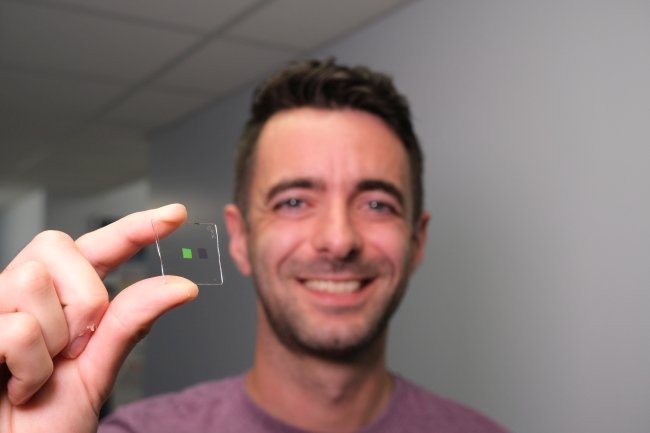Inside BENEO’s new pulse plant: pioneering sustainable protein from faba beans
The research was conducted by engineers and chemists from the Universities of Glasgow and Strathclyde
An artificial ‘tongue’ which can taste subtle differences between drams of whisky could help cut down on the trade in counterfeit alcohol, scientists say.
In a new paper published in the Royal Society of Chemistry’s journal Nanoscale, Scottish engineers describe how they built the tiny taster, which exploits the optical properties of gold and aluminium to test the tipples.
Sub-microscopic slices of the two metals, arranged in a checkerboard pattern, act as the ‘tastebuds’ in the team’s artificial tongue. The researchers poured samples of whisky over the tastebuds – which are about 500 times smaller than their human equivalents – and measured how they absorb light while submerged.
Statistical analysis of the very subtle differences in how the metals in the artificial tongue absorb light – what scientists call their plasmonic resonance – allowed the team to identify different types of whiskies.
The team used the tongue to sample a selection of whiskies from Glenfiddich, Glen Marnoch and Laphroaig.
The tongue was able to taste the differences between the drinks with greater than 99% accuracy. It was capable of picking up on the subtler distinctions between the same whisky aged in different barrels, and tell the difference between the same whisky aged for 12, 15 and 18 years.
The research, which was conducted by engineers and chemists from the Universities of Glasgow and Strathclyde, was supported by funding from the Leverhulme Trust, the Engineering and Physical Sciences Research Council, and the Biotechnology and Biological Sciences Research Council.

